Previous Day - Next Day

“I am not so enamored of my own opinions that I disregard what others may think of them. I am aware that a philosopher's ideas are not subject to the judgement of ordinary persons, because it is his endeavor to seek the truth in all things, to the extent permitted to human reason by God. Yet I hold that completely erroneous views should be shunned.”
~ Nicolaus Copernicus
Wikiquote (Nicolaus Copernicus (February 19, 1473 – May 24, 1543) was an early modern astronomer and mathematician; proponent of the heliocentric cosmic model. His book, De revolutionibus orbium coelestium [On the Revolutions of the Celestial Spheres], is often regarded as the starting point of modern astronomy and the defining epiphany that began the Scientific Revolution.)

February 19th, 197
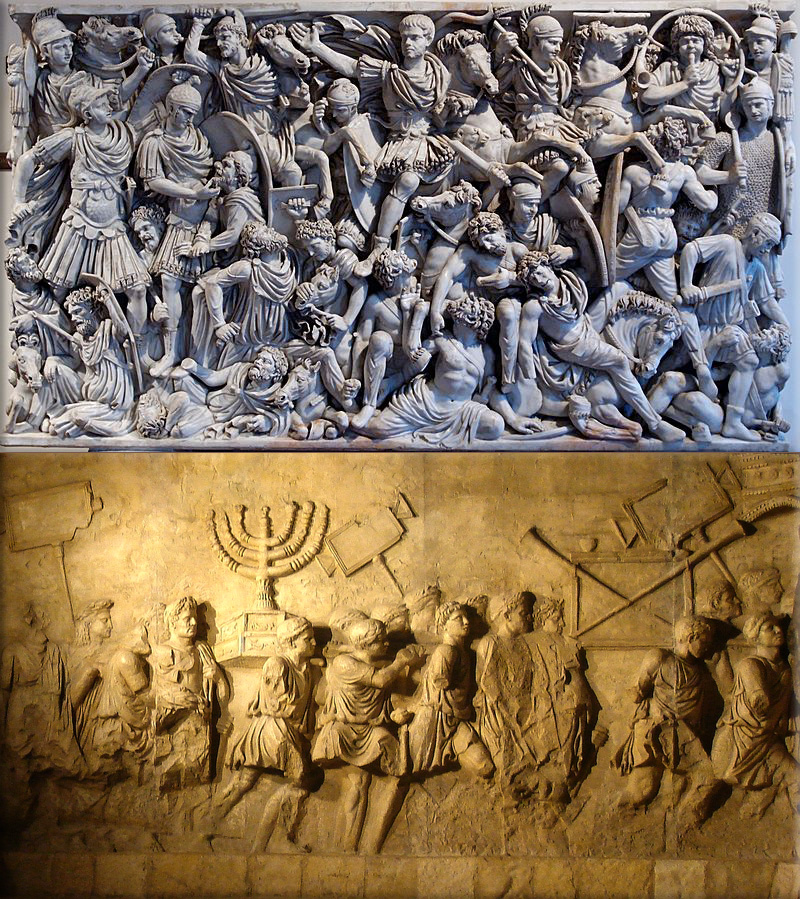
Roman Empire:
197 - Battle of Lugdunum; Emperor Septimius Severus defeats usurper Clodius Albinus, the bloodiest battle between Roman armies.
356 - Emperor Constantius II issues a decree closing all pagan temples in the Roman Empire.
Wikipedia Image: Relief from a 3rd-century sarcophagus depicting a battle between Romans and Germanic warriors; the central figure is perhaps the emperor Hostilian / Depiction of the Menorah on the Arch of Titus in Rome.
February 19th, 1594

Having already inherited the throne of the Polish-Lithuanian Commonwealth through his mother Catherine Jagellonica of Poland in 1587, Sigismund III of the House of Vasa is crowned King of Sweden, having succeeded his father John III of Sweden in 1592.
Wikipedia Photo: Sweden; Situated in Northern Europe, Sweden lies west of the Baltic Sea and Gulf of Bothnia, providing a long coastline, and forms the eastern part of the Scandinavian Peninsula (To the west is the Scandinavian mountain chain (Skanderna), a range that separates Sweden from Norway - Finland is located to its northeast - It has maritime borders with Denmark, Germany, Poland, Russia, Lithuania, Latvia and Estonia, and it is also linked to Denmark (southwest) by the Öresund Bridge).
● The Scandinavian Mountains ● Stockholm, Sweden's capital city ● Barren beauty - strange raukar formations on Fårö add to the allure of Bergman's adopted home, credit Christophe Boisvieux, Corbis ● Snow covered Lapland of Sweden ● Swedish cultural landscape - the sun is setting in the winter landscape in the Hjo surroundings in rural Sweden, credit Gunnar Blondal, Pictures of the Planet.
February 19th, 1600


Earthquake:
1556 - The Peruvian stratovolcano Huaynaputina explodes in the most violent eruption in the recorded history of South America
Wikipedia Image: Preliminary Determination of Epicenters / Aleppo Syria; Anchorage, Alaska - March 28, 1964 Prince William Sound USA earthquake and tsunami; 8.9 Mega Earthquake Strikes Japan; Tsunami Swirls Japan's Ibaraki Prefecture March 12 2011. credit NOAA / NGDC, NOAA National Geophysical Data Center, USGS, National Geographics. Peruvian stratovolcano Huaynaputina.
February 19th, 1649
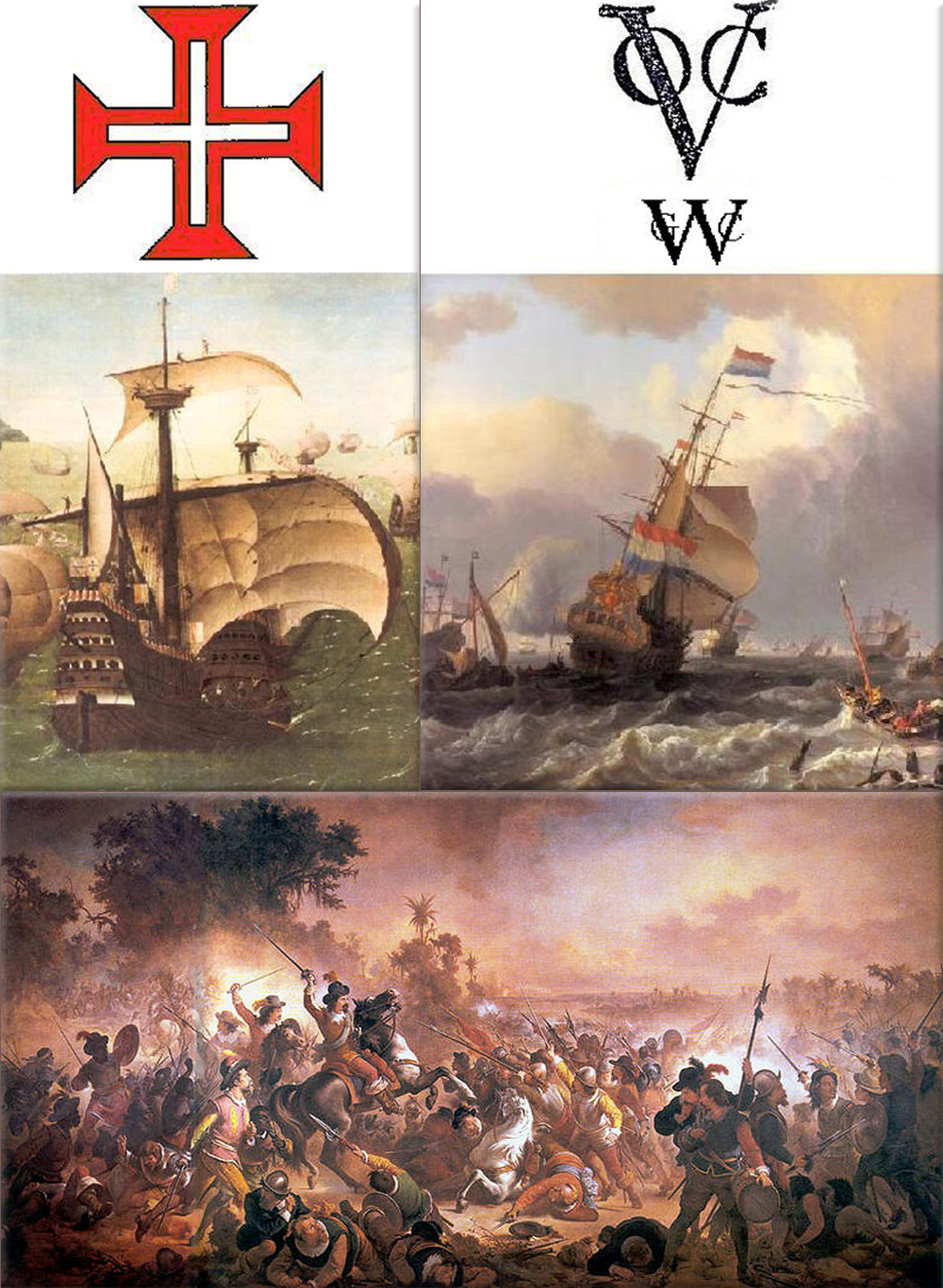
Dutch-Portuguese War: Battle of Guararapes; effectively ending Dutch colonization efforts in Brazil.
Wikipedia Painting: Dutch-Portuguese War; (Portuguese Armada vs Chartered Fleets) ● Battle of Guararapes; in Pernambuco, Brazil, effectively ending Dutch colonization efforts in Brazil.
February 19th, 1674

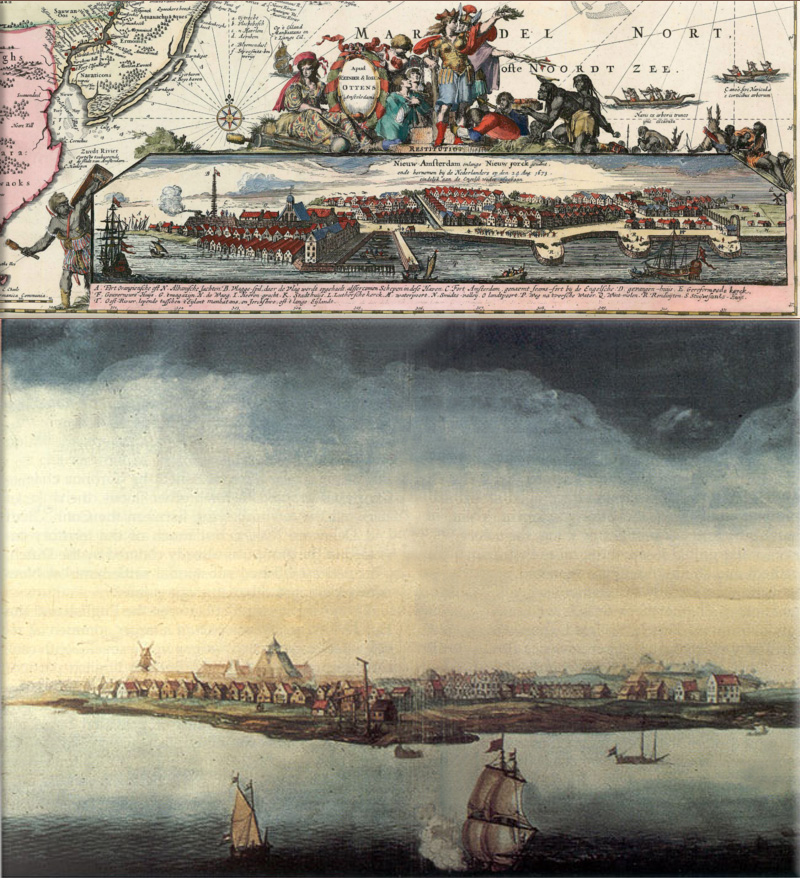
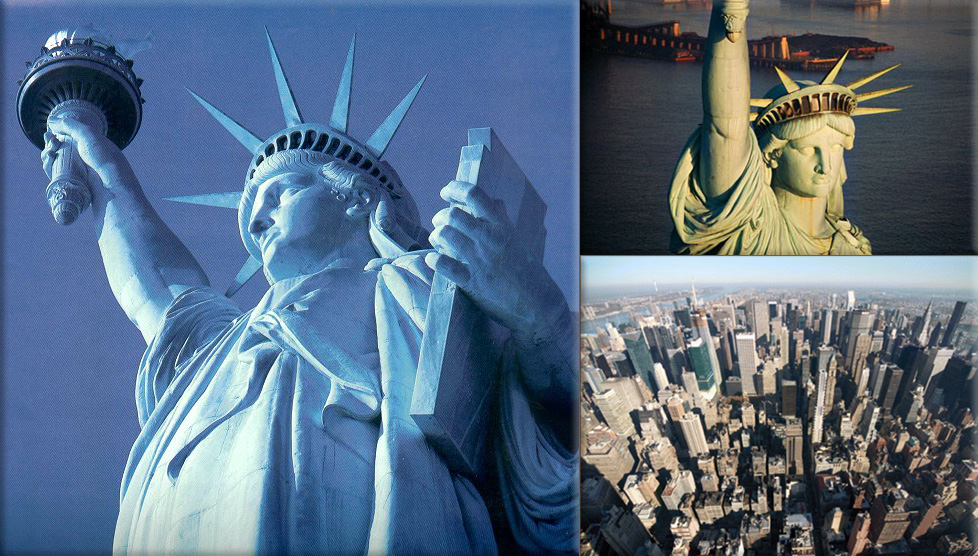

Third Anglo-Dutch War: England and the Netherlands sign the Treaty of Westminster, ending the Third Anglo-Dutch War A provision of the agreement transfers the Dutch colony of New Amsterdam to England, and it is renamed New York.
Wikipedia Painting: The Royal Prince and other vessels at the Four Days Fight, 11–14 June 1666 (Abraham Storck) depicts a battle of the Second Anglo–Dutch War.
New Amsterdam; New Orange, 1674 (looking approximately north; the canal in the centre of the image (today's Broad St.) runs roughly north-south) ● New Amsterdam harbor
Photo: ● Statue of Liberty; Manhattan, New York City, credit National Geographics
● The Manhattan Bridge (completed 1909), spanning the East River between Brooklyn and Manhattan Island, New York City, credit: Larry Brownstein / Getty Images
● Central Park, Manhattan, New York City, flanked by the apartment buildings of the Upper East Side, credit: © Bruce Stoddard—FPG International
● New York city, Manhattan through a fish eye view, credit Victor Barajas Photography.
February 19th, 1807

In Alabama, former Vice President of the United States Aaron Burr is arrested for treason and confined to Fort Stoddert.
Wikipedia Image: Alexander Hamilton hated Aaron Burr (His attacks on the future Vice-President were relentless for years - During those years Burr seems to have either ignored Hamilton or was simply too busy with his own intrigues to care, but all this changed in 1804 - Burr lost his election for Governor of New York, and Alexander Hamilton was one of the reasons - A letter appeared in the Albany register which proclaimed Burr was “a dangerous man who ought not to be trusted” - Not remarkable for the times until the letter writer declared 'I could detail to you a still more despicable opinion which General Hamilton has expressed of Mr. Burr'). Burr called Hamilton out and Hamilton agreed to an “interview” (duel). On the morning of July 11, 1804, the men settled their differences as Vice-President Aaron Burr put a one ounce slug into Alexander Hamilton’s liver. Hamilton died the next day.
February 19th, 1846

In Austin, Texas the newly formed Texas state government is officially installed. The Republic of Texas government officially transfers power to the State of Texas government following Texas' annexation by the United States.
Wikipedia Image: Republic of Texas; Historical Maps of Texas 1842, credit University of Texas.edu.
February 19th, 1847
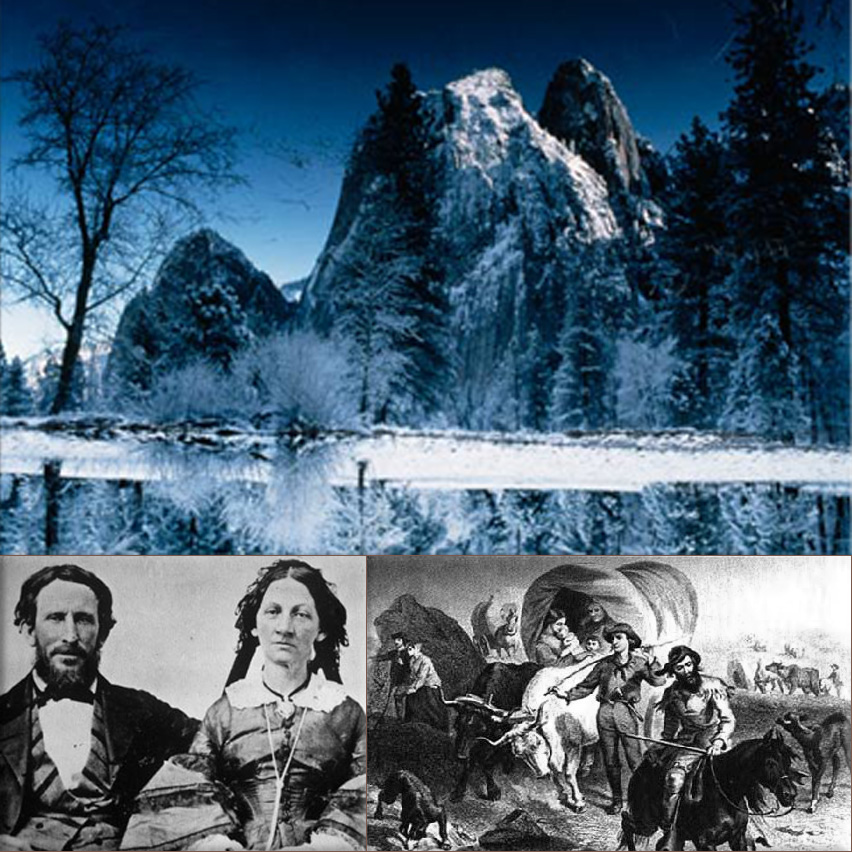
The first group of rescuers reaches the Donner Party in the Sierra Nevadas, where without food, members of the party resort to cannibalism.
Wikipedia Image: Sierra Nevadas; James F. Reed and his wife, Margret W. Keyes Reed, seen in this file photo taken in the 1850s, were survivors of the tragic Donner Party, credit AP / Discovery (Detailed analysis of the bones instead found that the 84 Donner Party members consumed a family dog, "Uno," along with cattle, deer and horses. Cattle, likely eaten after the animals themselves died of starvation, appear to have been their mainstay); Wagon train with families.
February 19th, 1861
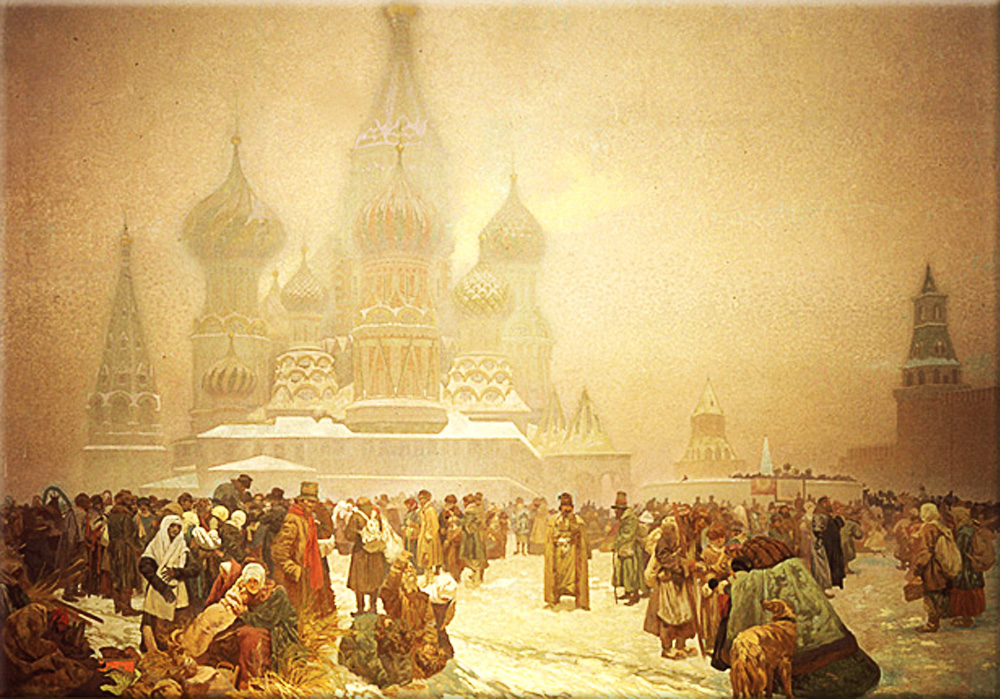
Emancipation reform of 1861 Serfdom is abolished in Russia.
Wikipedia Painting: In Russia, serfdom was abolished by means of the Emancipation Edict of 1861, much later than elsewhere in Europe. (The painting of the occasion shows a subdued crowd, uncertain as to what to make of the event, as perhaps expressed by the mother and child figure looking out from the left, her anxious expression reflecting the hard peasant life.)
February 19th, 1878

Thomas Edison patents the phonograph.
Wikipedia.org Photo: Thomas Edison with his second phonograph photographed by Mathew Brady in Washington, April 1878 ● Thomas Edison, 1847 - 1931.
February 19th, 1884
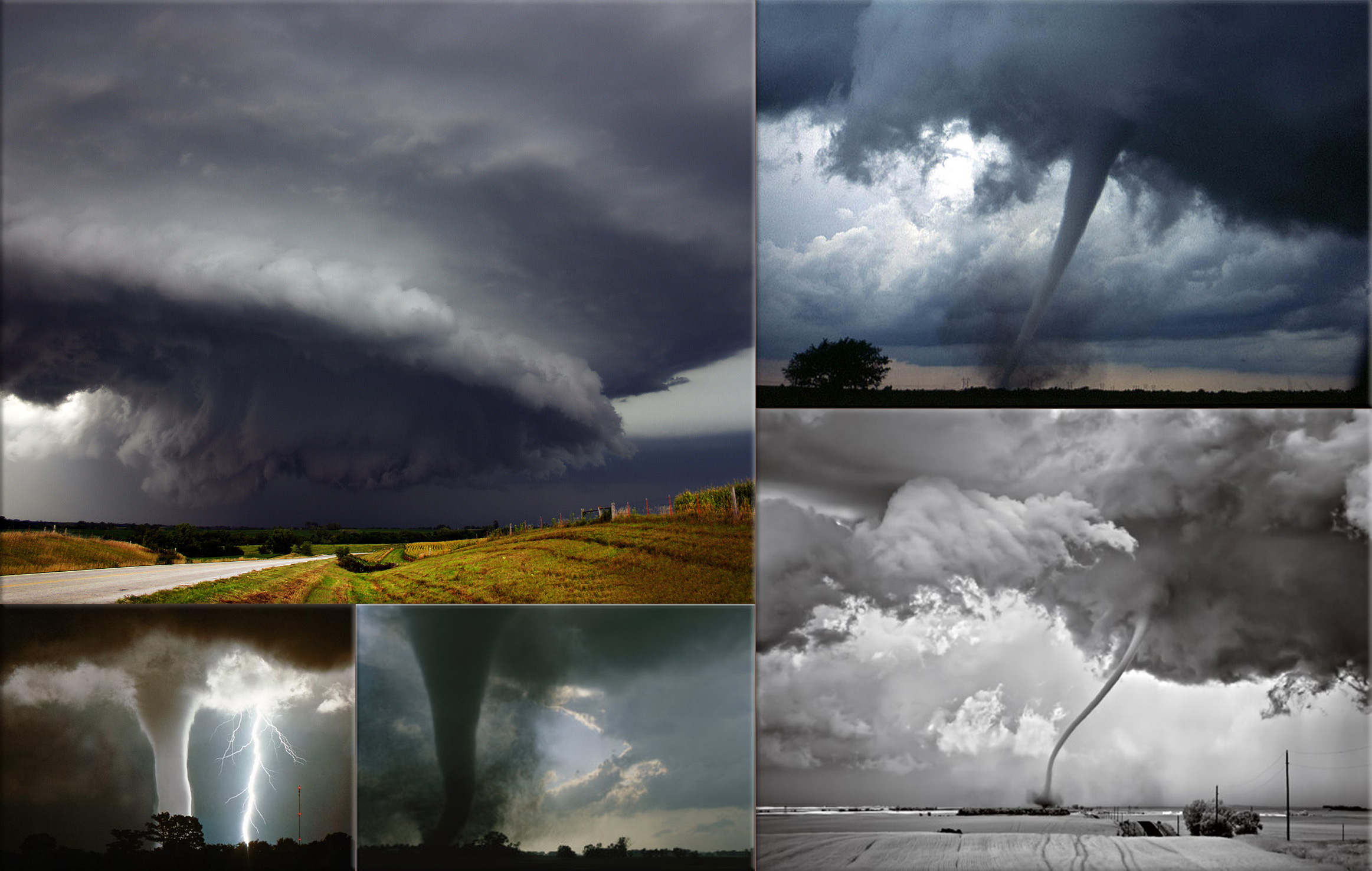
Tornadoes:
1884 - Enigma tornado outbreak: More than sixty tornadoes strike the Southern United States, one of the largest tornado outbreaks in U.S. history.
Wikipedia Photo: Weather Front System; Tornado near Anadarko, Oklahoma; North Dakota Tornado; F3 Category Tornado Swirls Across A South Dakota Prairie by Carsten Peter; A waterspout parallels a lightning strike over Lake Okeechobee in Florida, by Fred K. Smith, National Geographics, Extream Instability.
February 19th, 1915

World War I:
1915 - Naval operations in the Dardanelles Campaign: Anglo-French task force bombards Ottoman artillery along the coast of Gallipoli in the Dardanelles.
Post World War I:
1921 - Rezā Shāh takes control of Tehran during a successful coup.
Wikipedia Photo: Trenches on the Western Front; a British Mark IV Tank crossing a trench; Royal Navy battleship HMS Irresistible sinking after striking a mine at the Battle of the Dardanelles; a Vickers machine gun crew with gas masks, and German Albatros D.III biplanes. National Archives and Records Administration.
February 19th, 1937
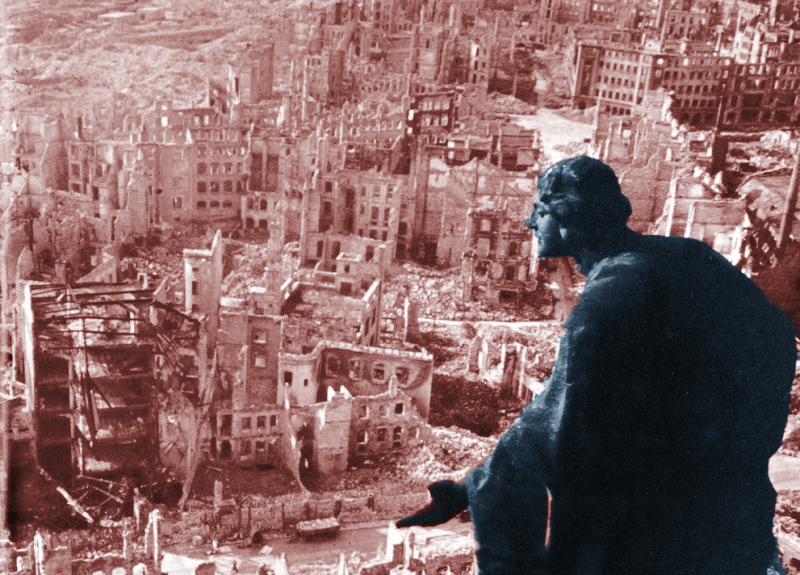

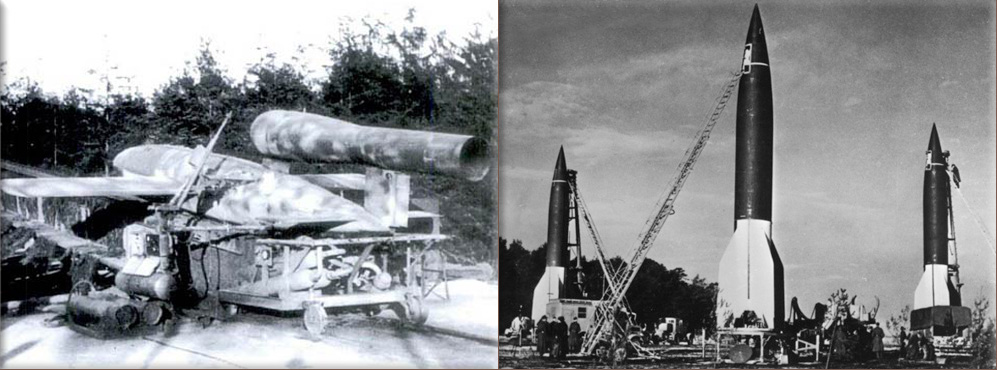
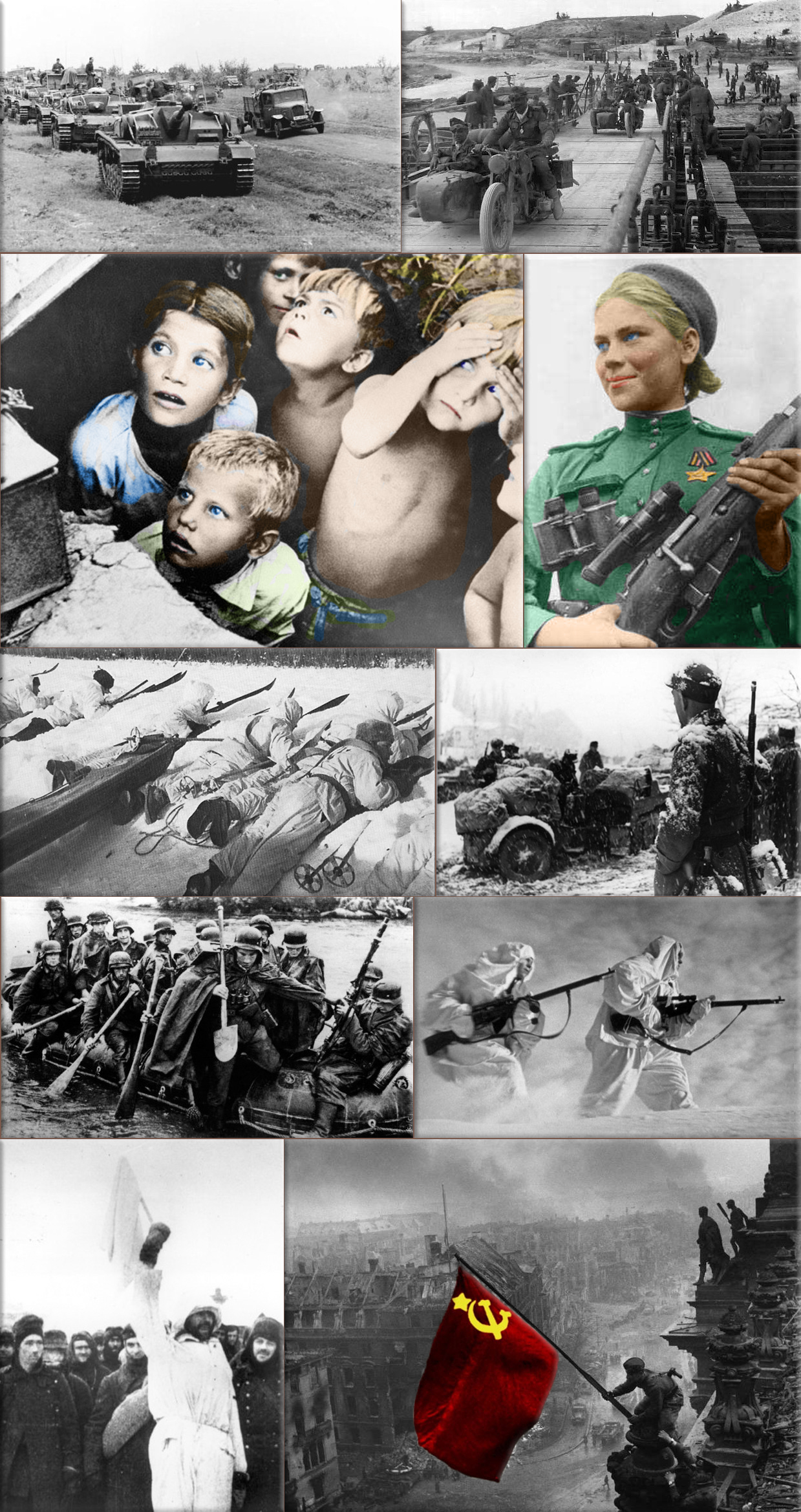
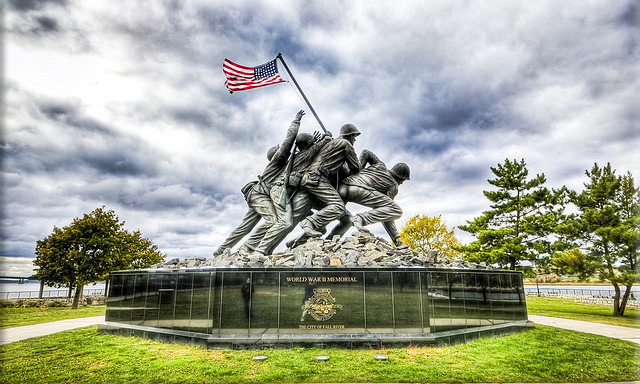
Pre World War II:
1937 - The Yekatit 12; During a public ceremony at the Viceregal Palace (the former Imperial residence) in Addis Ababa, Ethiopia, Ethiopian nationalists of Eritrean origin attempt to kill viceroy Rodolfo Graziani. Italian authorities exact vicious reprisals on the population.
World War II:
1942 - Bombing of Darwin; Nearly 250 Japanese warplanes attack the northern Australian city of Darwin.
1942 - United States President Franklin D. Roosevelt signs the executive order 9066, allowing the United States military to relocate Japanese-Americans to Japanese internment camps.
1943 - Battle of the Kasserine Pass; in Tunisia begins.
1945 - Battle of Iwo Jima; about 30,000 United States Marines land on the island of Iwo Jima.
Post World War II:
1948 - Conference of Youth and Students of Southeast Asia Fighting for Freedom and Independence convenes in Calcutta.
1976 - United States President Gerald R. Fords Proclamation 4417 recinds executive order 9066, allowing the United States military to relocate Japanese-Americans to Japanese internment camps.
Wikipedia Photo: Bombing of Dresden in World War II; August Schreitmüller's sculpture 'Goodness' surveys Dresden after a firestorm started by Allied bombers in 1945.
USS Bunker Hill was hit by kamikazes piloted by Ensign Kiyoshi Ogawa and another airman on 11 May 1945. 389 personnel were killed or missing from a crew of 2,600; Ensign Kiyoshi Ogawa, who flew his aircraft into the USS Bunker Hill during a Kamikaze mission on 11 May 1945; Kamikaze Missions - Lt Yoshinori Yamaguchi's Yokosuka D4Y3 (Type 33 Suisei) "Judy" in a suicide dive against USS Essex. The dive brakes are extended and the non-self-sealing port wing tank is trailing fuel vapor and/or smoke 25 November 1944.
German V1 flying-bomb and V2 Rockets - Preparations for a Salvo Launch of V-2 Rockets in the Heidelager near Blizna (Poland) (1944), credit German History in Documents and Images GHDI.
Eastern Front (World War II); Germans race towards Stalingrad. August 1942; Soviet children during a German air raid in the first days of the war, June 1941, by RIA Novosti archive; Soviet sniper Roza Shanina in 1944. About 400,000 Soviet women served in front-line duty units Caucasus Mountains, winter 1942/43; Finnish ski patrol: the invisible enemy of the Soviet Army with an unlimited supply of skis; Men of the German Engineers Corps cross a river which is swollen after the first autumn rains, to strengthen bridges linking the German positions on the central front in Russia. by Keystone / Getty Images. October 1942; Russian snipers fighting on the Leningrad front during a blizzard. Photo by Hulton Archive / Getty Images, 1943; German soldiers surrendering to the Russians in Stalingrad, the soldier holding the white flag of surrender is dressed in white so that there could be no doubt of his intentions, a Russian soldier is on the right of the photograph. by Keystone / Getty Images, January 1943;
Battle of Iwo Jima World War II Memorial, Fall River, Massachusetts, © James Wellman Photography.
February 19th, 1978
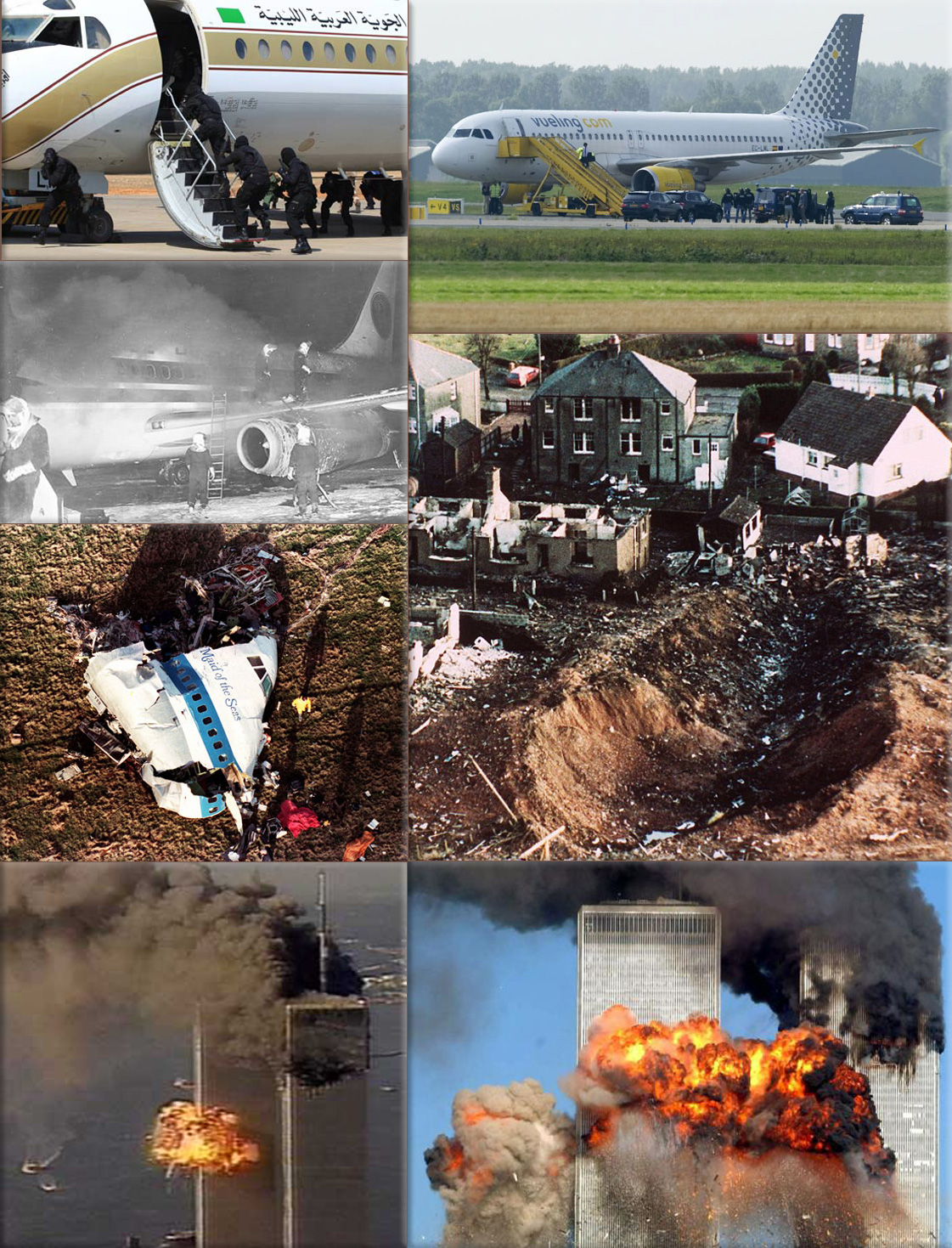
Aircraft hijacking:
1978 - Egyptian forces raid Larnaca International Airport in an attempt to intervene in a hijacking, without authorisation from the Republic of Cyprus authorities. The Cypriot National Guard and Police forces kill 15 Egyptian commandos and destroy the Egyptian C-130 transport plane in open combat.
Wikipedia Photo: Hijacked Sudan passenger jet lands in Libya, August 27, 2008; Amsterdam false alarm revives airplane hijacking memories, Passengers leave a Vueling plane at a field near Amsterdam Airport after a hijack scare last week that led the Netherlands to scramble F-16 fighter jets, September 2, 2012 Reuters; Egypt Air flight 648 was hijacked in November 1985 by the terrorist Abu Nidal organisation, credit AP; Cockpit section of Pan Am 103 wreckage following a mid-air explosion, December 21, 1988; 747 Pan Am airliner that exploded and crashed over Lockerbie, Scotland, with 259 passengers on board in 1988; Debris lies in a deep gash through the town of Lockerbie, Scotland, caused by the crash of Pan Am flight 103, credit AP; Flight 175 hits the WTC South Tower. The picture was taken from a traffic helicopter. credit: WABC 7/ Salient Stills; Hijacked United Airlines Flight 175 from Boston crashes into the South Tower of the World Trade Center and explodes at 9:03 a.m. on September 11, 2001 in New York City, credit Spencer Platt / Getty Images.
February 19th, 1985

Aviation accidents and incidents:
1985 - Iberia Airlines Boeing 727 crashes into Mount Oiz in Spain killing 148.
Wikipedia Photo: ● Pan AM 747 ● U.S. Airways flight 1549 also known as the "Miracle on the Hudson" navigates an exit ramp near Burlington, New Jersey, June 5, 2011 ● Passengers stand on the wings of a U.S. Airways plane as a ferry pulls up to it after it landed in the Hudson River in New York, Reuters ● US Airways plane crashes into New York Hudson River, Photo: AP
February 19th, 1985

Artificial heart recipient William J. Schroeder becomes the first such patient to leave hospital.
Wikipedia Photo: Artificial heart recipient Barney Clark smiles at his surgeon, Dr. William DeVries, in Salt Lake City on the day after the historic implantation. Associated Press; An artificial heart displayed at the London Science Museum.
February 19th, 1986

The Soviet Union launches its Mir spacecraft. Remaining in orbit for 15 years, it is occupied for 10 of those years.
Wikipedia Image: Mir Space Station endured 15 years in orbit, three times its planned lifetime, credit NASA.
U2, Lockheed TR-1 in flight.
February 19th, 1986
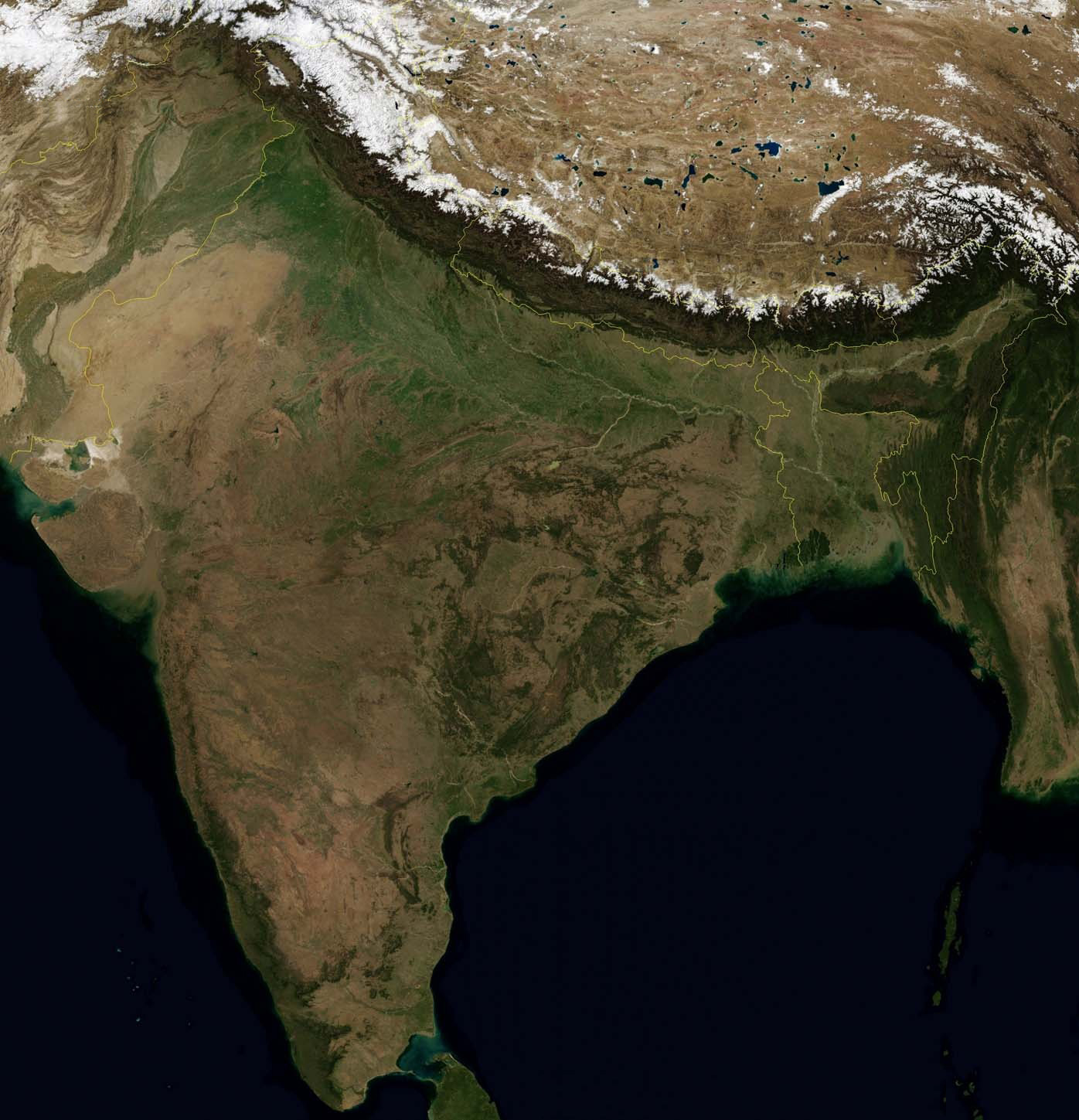

1986 - Akkaraipattu massacre: The Sri Lankan Army massacres 80 Tamil farm workers the eastern province of Sri Lanka.
Wikipedia Image: Map Satellite India, Pakistan, Nepal, Bhutan, Tibet AR, Bangladesh.
Battle of Talikota; leads to the subjugation, and eventual destruction of the last Hindu kingdom in India, and the consolidation of Islamic rule over much of the Indian subcontinent
February 19th, 2001

The Oklahoma City bombing museum is dedicated at the Oklahoma City National Memorial.
Wikipedia Photo: Oklahoma City bombing; was a terrorist bomb attack on the Alfred P. Murrah Federal Building in Downtown Oklahoma City on April 19, 1995. ● McVeigh and Nichols cited the federal government's actions against the Branch Davidian compound in the 1993 Waco Siege (shown above) as a reason they perpetrated the Oklahoma City bombing ● The Alfred P. Murrah Federal Building two days after the bombing. ● Charles Porter's photograph of firefighter Chris Fields holding the dying infant Baylee Almon won the Pulitzer Prize for Spot News Photography in 1996. A similar photo was taken by Lester LaRue.
February 19th, 2002
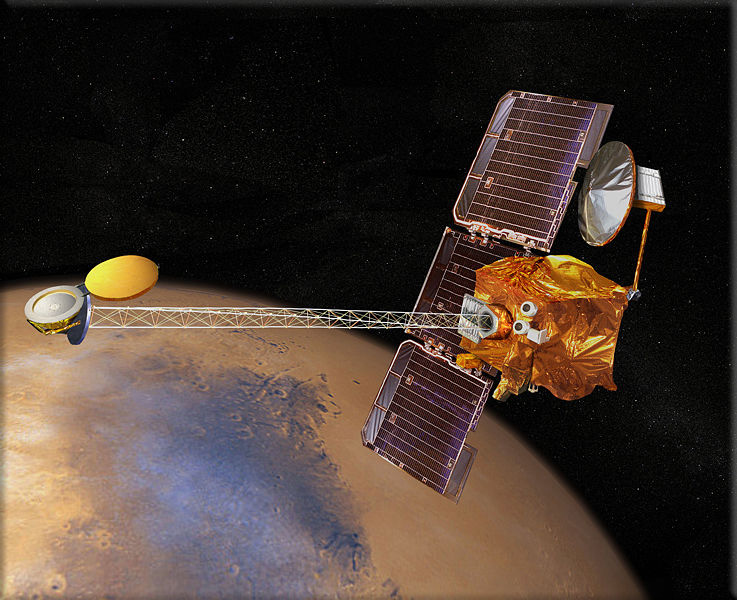
NASA Mars Odyssey space probe begins to map the surface of Mars using its thermal emission imaging system.
Wikipedia Image: Mars Odyssey space probe - Conceptual drawing of 2001 Mars Odyssey over Mars, credit NASA.
U2, Lockheed TR-1 in flight.
February 19th, 2011
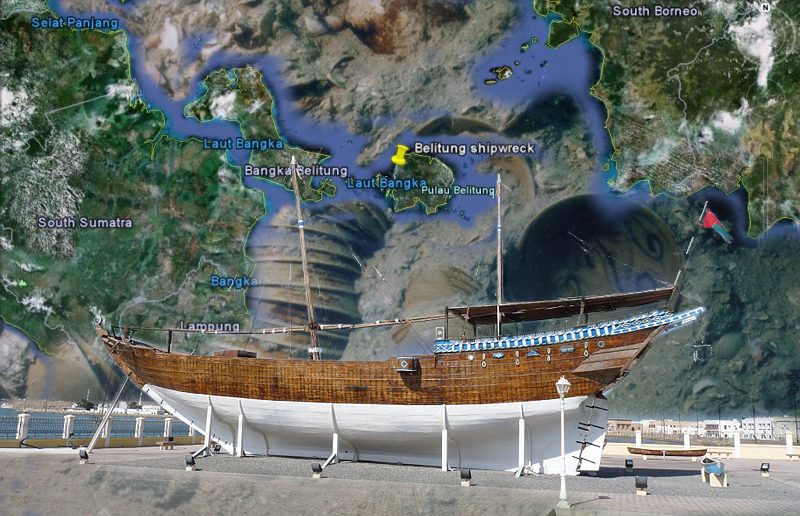
Belitung shipwreck: debut exhibition of the largest collection of Tang Dynastyartefacts found in one location, begins in Singapore.
Wikipedia Image: The shipwreck is of a Dhow in Sur (Oman) similar in size and construction to this one, in Oman.
February 19th, 2012

Apodaca prison riot: Forty-four people are killed in a prison riot in Apodaca, Nuevo León, Mexico.
Wikipedia Image: Apodaca prison riot: Forty-four people are killed in a prison riot in Apodaca, Nuevo León, Mexico.
